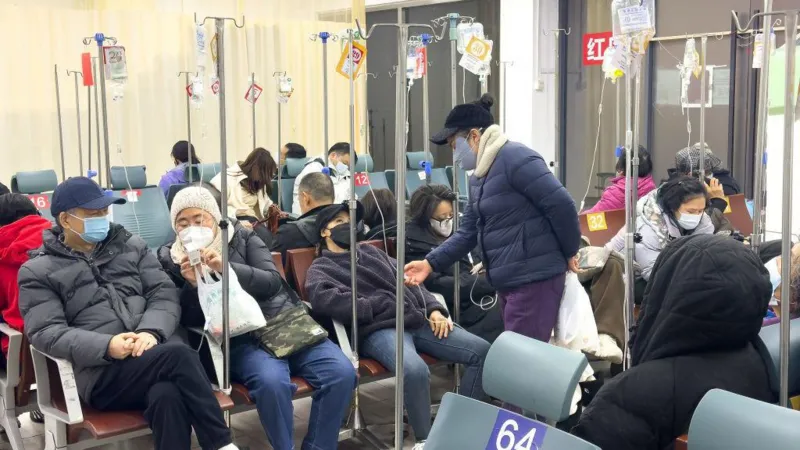Human Metapneumovirus (HMPV) is an often-overlooked respiratory virus that can cause significant illness, particularly in young children, older adults, and individuals with weakened immune systems. First identified in 2001, HMPV has since been recognized as one of the leading causes of respiratory infections worldwide. Despite its prevalence, public awareness about HMPV remains low. In this comprehensive guide, we’ll delve into everything you need to know about this virus, including its symptoms, transmission, prevention, and treatment.
What is HMPV?
Human Metapneumovirus (HMPV) belongs to the Pneumoviridae family, closely related to the respiratory syncytial virus (RSV). It primarily targets the respiratory tract, leading to a range of symptoms from mild cold-like conditions to severe respiratory distress. HMPV infections are seasonal, often peaking in late winter and early spring, similar to influenza and RSV.
How HMPV Spreads
HMPV spreads through:
- Respiratory Droplets: Coughing, sneezing, or talking can release virus-laden droplets that infect others nearby.
- Direct Contact: Touching an infected person’s hands or face can transfer the virus.
- Surface Contamination: The virus can survive on surfaces, such as doorknobs or toys, making indirect transmission possible.
Once exposed, symptoms typically appear within 3 to 6 days.
Symptoms of HMPV Infection
HMPV can present with a wide range of symptoms, which vary depending on the individual’s age, overall health, and immune system strength. Common symptoms include:
- Nasal congestion and runny nose
- Coughing and wheezing
- Fever
- Sore throat
- Shortness of breath
- Fatigue
In severe cases, especially in high-risk groups, it can lead to:
- Bronchiolitis (inflammation of the small airways)
- Pneumonia
- Acute respiratory distress
Young children, older adults, and those with underlying health conditions, such as asthma or chronic obstructive pulmonary disease (COPD), are particularly vulnerable to severe complications.
Diagnosing HMPV
Since HMPV symptoms overlap with those of other respiratory viruses like influenza, RSV, and COVID-19, accurate diagnosis often requires laboratory testing. Diagnostic methods include:
- PCR Testing: Detects the virus’s genetic material in respiratory samples.
- Antigen Detection: Identifies viral proteins.
- Viral Culture: Involves growing the virus from a sample, though this method is less commonly used due to the time it requires.
Treatment Options
Currently, there is no specific antiviral treatment for HMPV. Management focuses on relieving symptoms and supporting recovery. Common approaches include:
- Over-the-Counter Medications: To reduce fever, relieve nasal congestion, and ease cough.
- Hydration: Drinking plenty of fluids to stay hydrated.
- Rest: Allowing the body time to recover.
In severe cases requiring hospitalization, treatment may involve:
- Oxygen Therapy: For patients experiencing breathing difficulties.
- Mechanical Ventilation: In extreme cases where respiratory failure occurs.




















